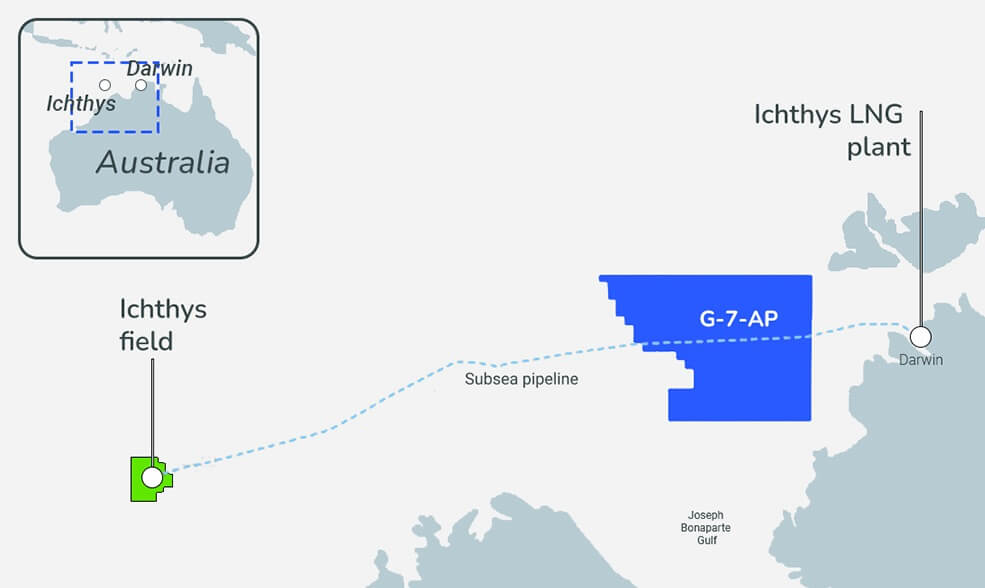Australian vessel operator the SeaLink Travel Group was looking to upgrade its existing service carrying passengers and luggage between Townsville and Magnetic Island in the state of Queensland, as well as catering for seasonal whale watching tours. The company was looking for a vessel with an upper deck boasting a 360-degree viewing capability, and selected a local catamaran design to be built by Brisbane-based Commercial Marine Australia (CMA).
SeaLink requested a vessel that was lightweight, robust, fuel-efficient, and fitted with new technology. The result is Maggie Cat, which will operate as Sealink’s flagship to Magnetic Island, with an allowance for 340 passengers and four crewmembers across three decks.
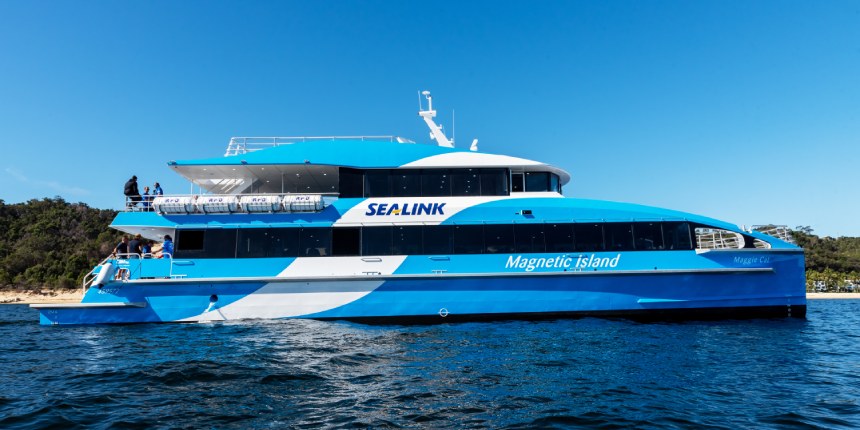
The all-aluminium vessel has an LOA of 30.8 metres, a beam of nine metres, a draught of 2.1 metres, and a displacement of 115 tonnes. It features a narrower overall beam than Coolgaree Cat, an earlier SeaLink vessel. Whilst the vessels are interchangeable, the newer Maggie Cat is configured for the shorter, more frequent Magnetic Island service while Coolgaree Cat will serve the Townsville–Palm Island route.
Boarding is via a port side midship boarding door and upper aft boarding gates. The main deck features 186 seats in a combination of booth and forward-facing types, with deep windows giving the cabin a light and airy feel with a great outside visual but the comfort of air conditioning.
Also located on the main deck is a large kiosk offering light refreshments as well as multiple storage areas on board.
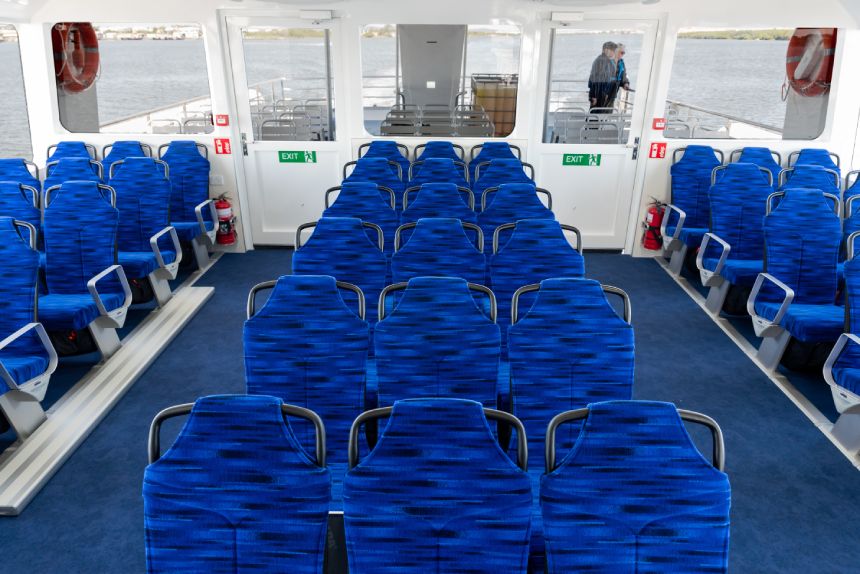
The upper deck seats 64 inside an air-conditioned cabin in addition to 26 exterior seats on the aft deck. A large portion of the space is dedicated to containerised freight stowage, with space for nine items of luggage. The coamings of this deck have been reinforced to cope with the impact of trolleys whilst the loading gates are specifically located to work with existing infrastructure.
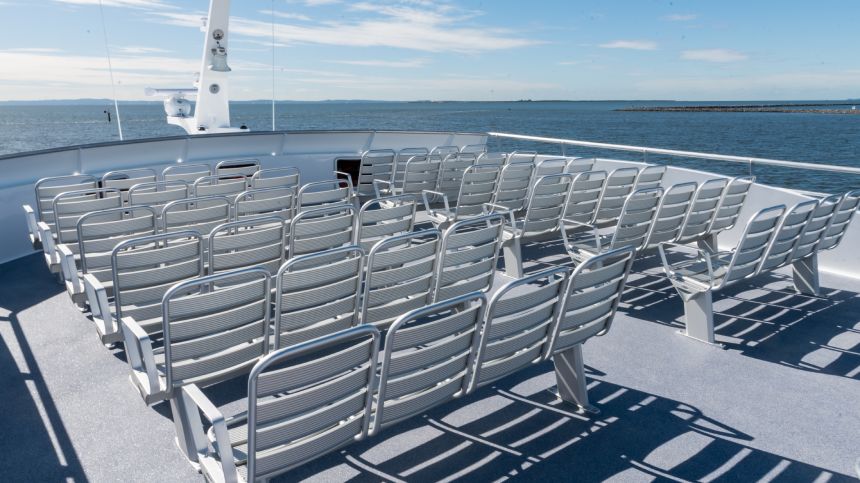
The sun deck has 48 seats and provides 360-degree visibility for tourists visiting the island. This area of the vessel also provides an ideal platform for whale watching.
All passenger seats were supplied by Beurteaux Australia.
Maggie Cat is powered by twin Caterpillar C32 main diesel engines, each delivering 895 kW at 2,000 rpm. Two VEEM interceptor fixed-pitch propellers are driven by the main engines via Twin Disc gearboxes. During recent sea trials, the vessel exceeded 31 knots, though it can achieve a fuel-efficient operational speed of 25 knots at full load and low main engine MCR. CMA said this will offer increased time between main engine overhauls.
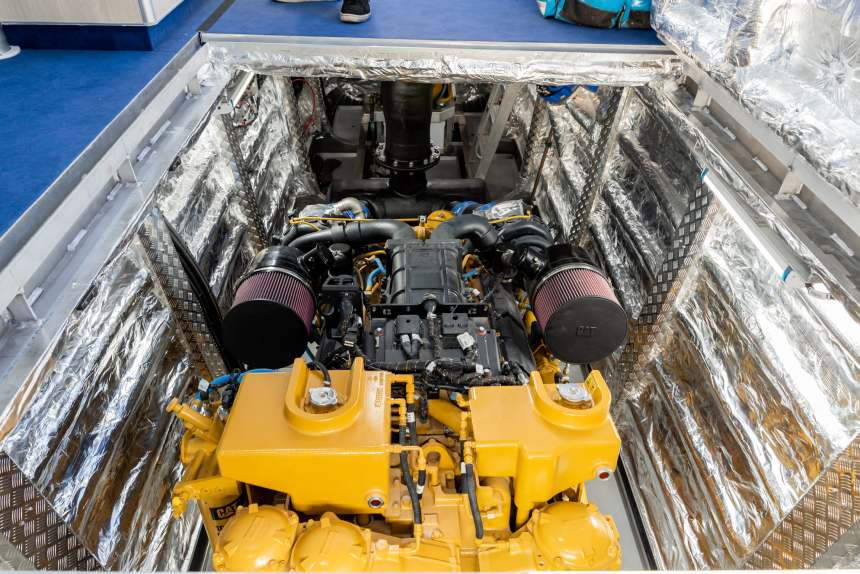
Caterpillar also supplied the vessel’s auxiliary engine and two C4.4 generators. These supply power to an extensive navigation and communications suite that includes Icom radios, a Plastimo compass, and a radar, a sonar, a depth sounder, an autopilot, a GPS, and an AIS from Simrad. Ultimate Marine Power provided the external lights, cameras and audio systems as well as the vessel’s steering system while MET Services installed a monitoring system.
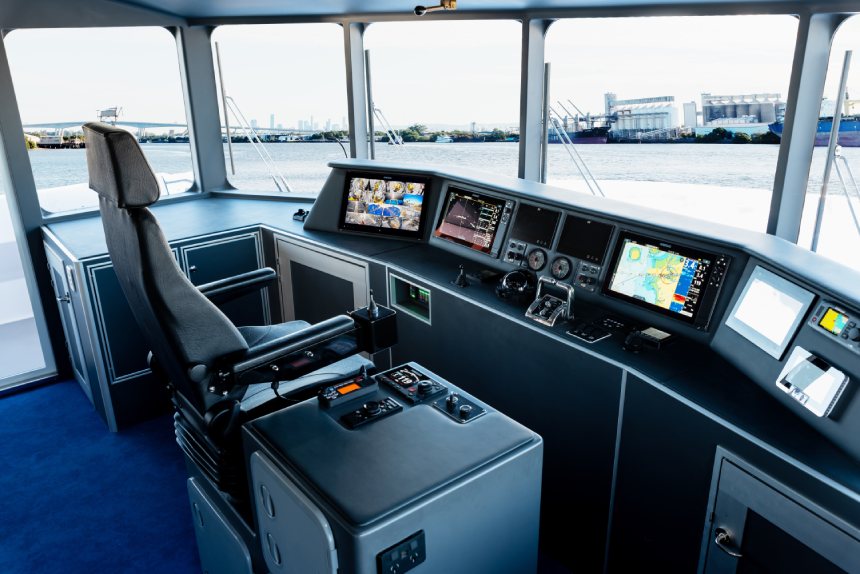
Jotun paint was used for the exterior surfaces while Flotex floors and G James windows are also fitted. Ayres Composite Panels provided work on the ceilings.
The vessel’s emergency equipment includes Survitec gear, a Systems Advantage firefighting system, an RFD liferaft, and a lifeboat from Barefoot Inflatable Boats.
Maggie Cat has already begun operational sailings with SeaLink, providing fast transport services for residents and tourists visiting North Queensland alongside Coolgaree Cat.
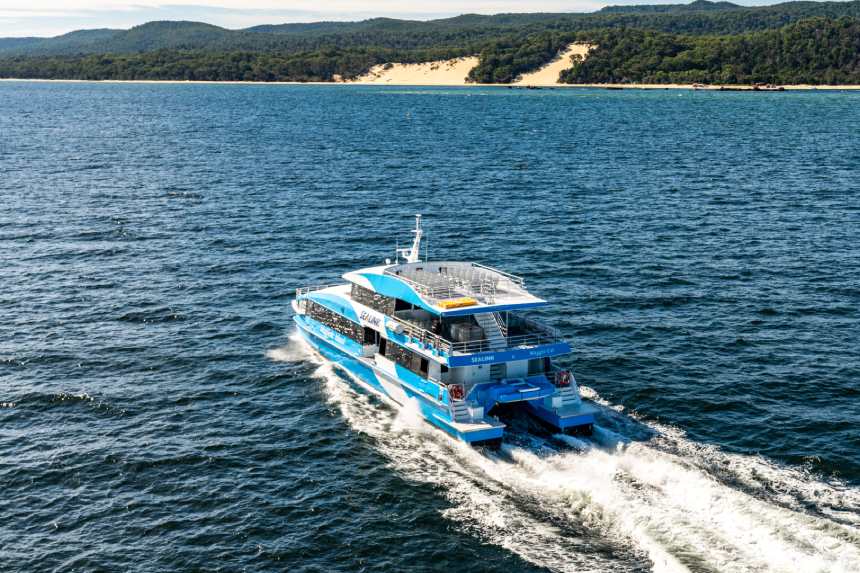
Source: https://www.bairdmaritime.com/work-boat-world/passenger-vessel-world/ferries/vessel-review-maggie-cat-new-shuttle-and-whale-watching-ferry-to-serve-australias-magnetic-island/


